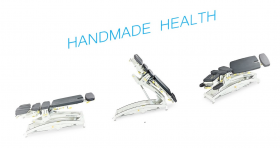L'OSTEOPATIA stimola il recupero dello stato di salute del paziente, che nei diversi stati patologici, presenta delle disfunzioni somatiche. Queste "dis-funzioni" vengono normalizzate tramite tecniche specifiche, ripristinando un nuovo equilibrio posturale e un migliore ricircolo dei fluidi corporei.
Si ripristina la massima capacità funzionale dell'organismo e migliora la capacità d’espressione dello stato di salute generale, potenziando il livello di benessere e il più veloce recupero da traumi e dalla malattia stessa.
Ristabilire l'omeostasi, l'equilibrio e conseguentemente la salute è compito della medicina funzionale di cui l'osteopatia è parte integrante.
Di pari passo con l’osteopatia, la POSTUROLOGIA, branca trasversale della medicina funzionle, studia ed analizza il complesso sistema posturale.
Molti sono i fattori che concorrono alla determinazione di una postura: neurofisiologici, biomeccanici, psicoemotivi e relazionali, legati anche all'evoluzione della specie.
La postura, nella sua essenza neurofisiologica, non è altro che una modulazione del tono.
© Copyright 2024 OSTEOPATIA e POSTUROLOGIA. All rights reserved.

